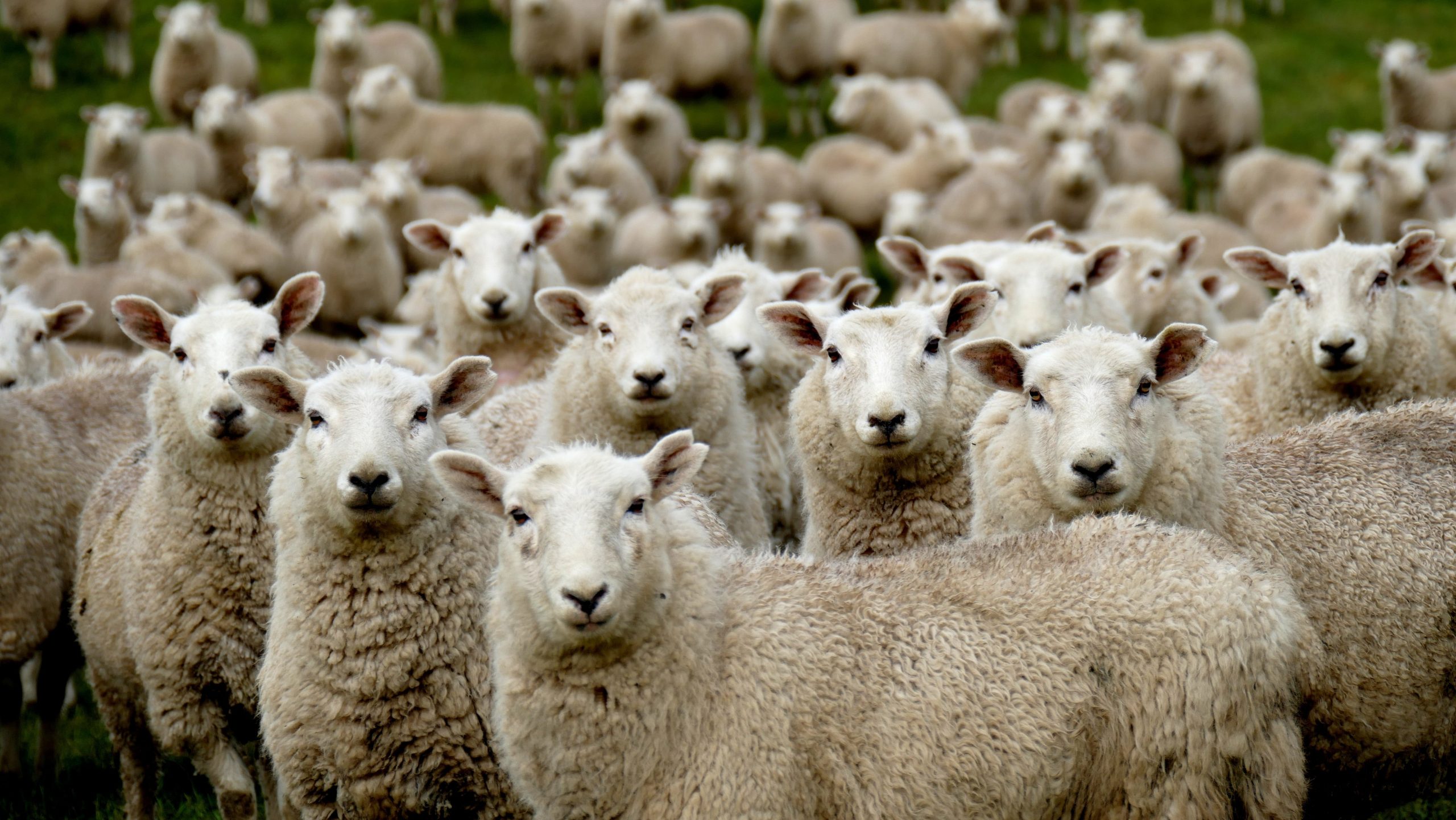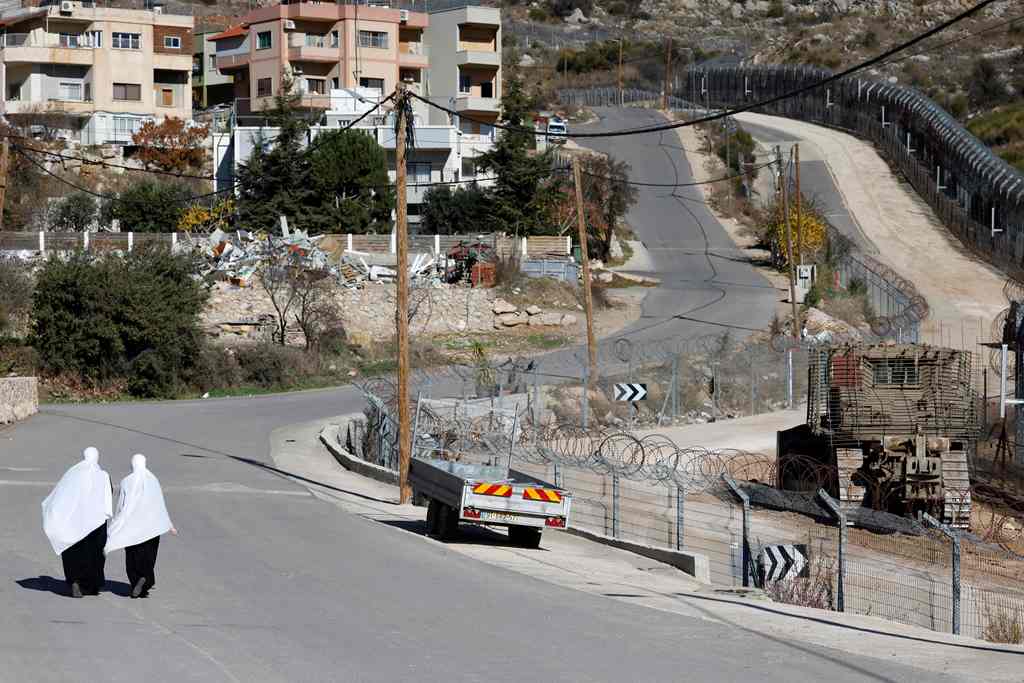Confused about where and how to offer your sacrifice this Eid? Doha News has all the answers.
The festival of Eid Al-Adha—known as the ‘Feast of the Sacrifice’— is one of the most important periods in the Muslim calendar.
It marks the latter of two Islamic holidays celebrated annually around the world, carrying centuries old traditions and practices designed to create joy for the occasion.
The significance of Eid Al-Adha fall in its story. The day is commemorated to honour the willingness of Prophet Ibrahim to sacrifice his son Ismail after seeing in a dream that God commanded him to do so.
The story narrates that just as Ibrahim was about to sacrifice his son in an act of obedience, God sent down a ram from heaven to be sacrificed in Ismail’s place instead.
Due to Ibrahim’s test of faith, most Muslims around the world offer a ‘sacrifice’ on Eid Al-Adha by slaughtering an animal such as a cow, sheep or goat, making it one of the most prominent Eid practices globally.
The meat is then distributed to family, friends, and the poor to help impoverished families and close communities with much-needed food.
With Eid around the corner, it is crucial to understand how and where to carry out your slaughter in Qatar while also abiding by health precautionary measures implemented by authorities.
Where to buy
There are plenty of slaughterhouses around Qatar that sell sacrificial animals for Eid, including Al Wakra slaughterhouse, Abu Hamour slaughterhouse, Muaither Slaughterhouse, Al Shamal Slaughterhouse, Al Rayyan Slaughterhouse, Al Shihaniya Slaughterhouse and Al Mazrooa’s Slaughterhouse.
The animals are mainly sold through Widam Food Company, which also provides home delivery services if needed, and adheres to strict health procedures imposed by the ministry to ensure safety.
You can also visit Widam’s website to know more details about prices or information regarding their location.
Where to slaughter
For hygiene and safety purposes, Qatar’s Ministry of Municipality and Environment has advised people to avoid slaughtering animals at home and instead perform the sacrifice at licensed abattoirs.
Abattoirs have licensed veterinarians and professionals to check the quality and health of the animal to ensure it is safe to consume, and all approved centres are usually situated at the same place where the animals are sold.
Qualified and approved butchers are also provided at slaughterhouses to perform the sacrifice per Muslim practice.
Slaughter fees vary depending on the type of animal sacrificed, but can range from QR 16 to QR 40.
Rules for sacrifices
Though all Muslim are encouraged to sacrifice, some exemptions are made.
These include those do not possess 52.5 tolas of silver, or the wealth equivalent, are intellectually disabled, have not yet reached and passed puberty or those travelling and are more than the Shariah legal distance from home (approximately 40-45 kilometres).
For Eid sacrifices to count, the slaughter has to be made after the Eid prayer, not before. Muslims are also permitted to ‘donate’ or make the sacrifice on behalf of other people, including those who have passed away.
The sacrifice must be performed on the 10th, 11th, and 12th days of Dhul-Hijjah, which is the first, second, or third day of Eid al-Adha.
Which Animals Can Be Sacrificed?
When purchasing your sacrificial animal, there are a few conditions that must be met. The animal must be healthy and free of disease, in addition to the following:
- They must not be blind, one-eyed, or have lost a third (or more) of their sight
- They cannot be missing a third (or more) of their ear or tail, either through loss or since birth
- Their horns cannot be broken off from their root
- They must not have a lame leg that is weak enough to prevent them from being able to walk
- They must be able to walk themselves to the site of the slaughter
- They cannot be toothless, or missing over half their teeth
Age requirements vary depending on the animal. For sheep and goats, they must be at least one years old. Cows or buffalo must be at least two years old, while camels must be at least five.
Precautionary measures
To ensure the safety and well-being of the community, those visiting slaughterhouses must adhere to the health guidelines put in place by the ministry of health.
This includes avoiding going to the slaughterhouse during rush hours, following instructions and guidelines, sticking to the appointment time given, wearing a mask, and maintaining social distance at all times.
A green Ehteraz status is also obligatory to enter.
Follow Doha News on Twitter, Instagram, Facebook and Youtube







